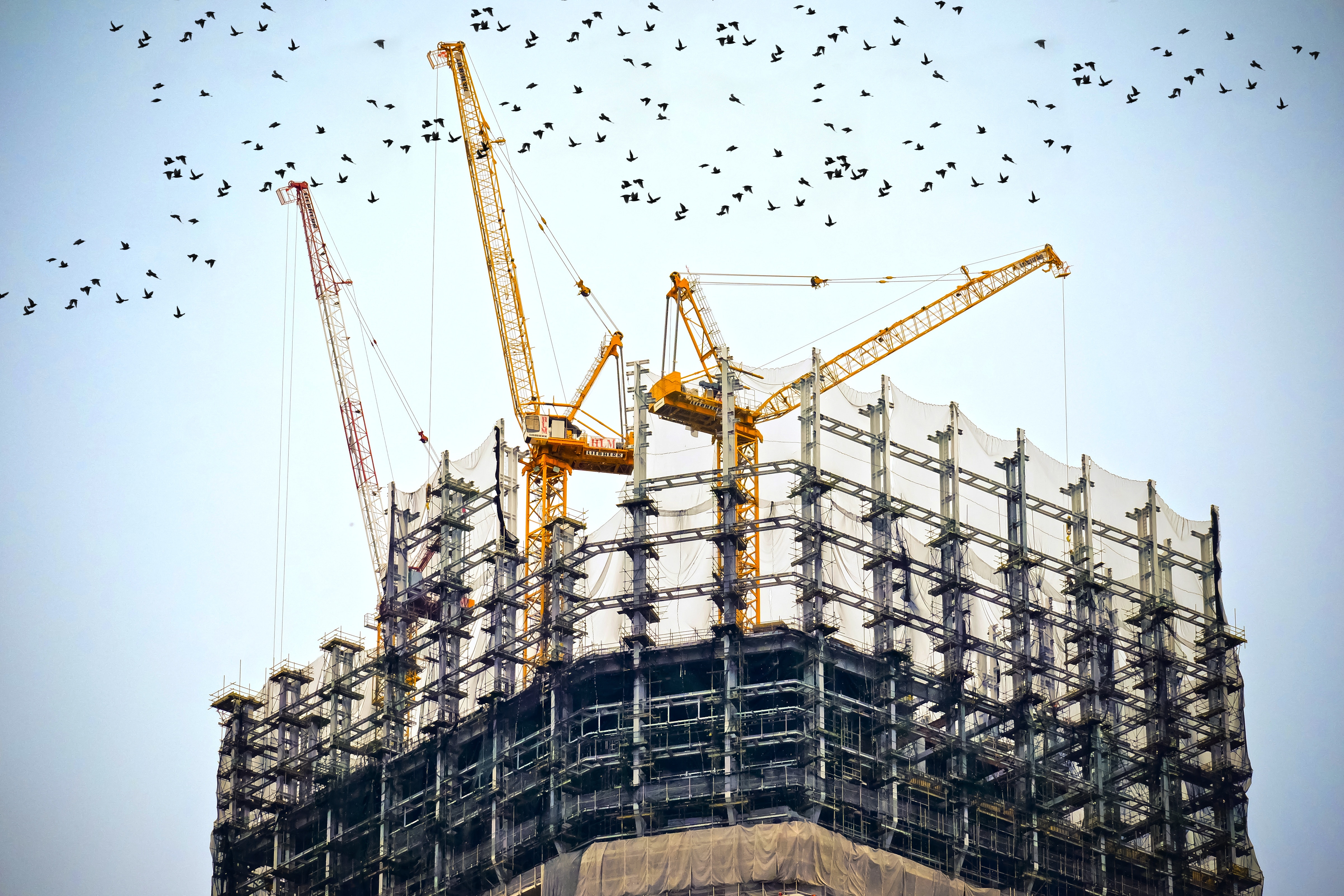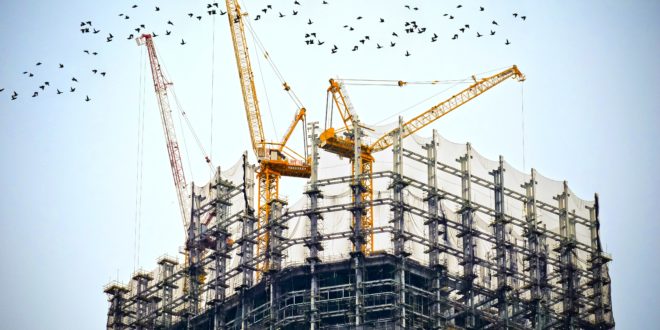Complications, corruption and other issues
OPINION: It seems that buildings and building issues are never out of the news.
While that is in a sense not too surprising, since we spend most of our lives either working in or living in one, you could leap to the conclusion that issues associated with buildings should by now be well sussed out and fixed. But that is not even close to being true.

The latest building disaster (the Grenfell Building in London) is a case in point. For those watching on site or on TV, the terrifying aspect of the fire was the way the external cladding caught alight and in a few minutes turned the whole building into a flaming torch. The speed of the torching effect was frightening.
It turns out that in effect the cladding was a disaster waiting to happen. Those involved in building design were well aware of the properties of the cladding and the risks posed but somehow that did not register. It now turns out there are many buildings in Europe and the Middle East that use a similar type of cladding and are therefore open to the same type of risk. Whether the same type of cladding is used in New Zealand on larger buildings I don’t know.
To make matters worse it is possible, at a somewhat higher cost, to buy a fire-resistant version of the same or a similar product.
However, the underlying horror story is that even the basics were neglected. The sprinkler system was inadequate (was it even functional?), there were insufficient fire resistant doors, and other defects as well. Whether it was incompetence or corruption I don’t know but it was surely one or the other. And it is unlikely that this was an isolated case.
 So why is the industry – or at least sections of the industry – apparently so prone to what amounts to the inappropriate cutting of costs and avoidance of standards? A part of the answer is cost – buildings are enormously expensive and there is often huge pressure to keep costs to a minimum – particularly if the budget is too tight. Part of the answer may be poor coordination. Modern buildings are very complex and it is a mammoth task keeping everything under tight control. But I think a significant factor is that large buildings are not occupied by the people that build them or even own them. So there is a dislocation of responsibility which unconsciously or consciously can lead to shortcuts.
So why is the industry – or at least sections of the industry – apparently so prone to what amounts to the inappropriate cutting of costs and avoidance of standards? A part of the answer is cost – buildings are enormously expensive and there is often huge pressure to keep costs to a minimum – particularly if the budget is too tight. Part of the answer may be poor coordination. Modern buildings are very complex and it is a mammoth task keeping everything under tight control. But I think a significant factor is that large buildings are not occupied by the people that build them or even own them. So there is a dislocation of responsibility which unconsciously or consciously can lead to shortcuts.
The glib answer to problems such as this is more legislation and regulations, and more inspections of design and work to make sure they are OK. Unfortunately, legislation is just words on paper and does not necessarily solve anything – particularly if there is an element of deliberate or criminal negligence involved. Neither are inspections necessarily the solution if the inspections are cursory or not made by competent authorities
The only enduring answer is to resource the system properly so there is time to do all the things that need to be done, properly and competently. The costs of that, for all buildings, would have an appreciable economic impact, but it is the only reasonably secure solution. Doing this is however hardly compatible with solving allied problems such as the housing crisis. The need for lower cost (affordable) housing in New Zealand, in particular, is already a significant concern.
 What we need is an integrated strategy which recognises different categories of building and their purpose, and their design and inspection requirements more clearly, is able to prioritise according to need and has sufficient teeth to be sure of being properly implemented. The problem is this means we will need more of the types of people we are already short of, e.g. engineers, and this has to be an element of the strategy. It also means a significant cost commitment by the government because, in the end, only the government has the resources to make it happen.
What we need is an integrated strategy which recognises different categories of building and their purpose, and their design and inspection requirements more clearly, is able to prioritise according to need and has sufficient teeth to be sure of being properly implemented. The problem is this means we will need more of the types of people we are already short of, e.g. engineers, and this has to be an element of the strategy. It also means a significant cost commitment by the government because, in the end, only the government has the resources to make it happen.
The history of leaving industry as a whole to its own conscience and devices to deal with such problems has failed in the past and is not an option for an enduring solution, and yet that is continually what we try to do. We really do need a change in mindset about government/industry partnerships in areas such as this.
One of the responses to this article may well be… well that may well be the way it was but modern practices and standards are quite different. Anyone who believes that should look at the continuing problem of leaky buildings in New Zealand, many of which were built well after the initial scare. Add earthquakes and tsunami into the mix and then the whole area of building design and construction continues to be a major concern.
By Bas Walker
This is another of Bas Walker’s posts on GrownUps. Please look out for his articles, containing his Beachside Ponderings.









Join the Discussion
Type out your comment here:
You must be logged in to post a comment.